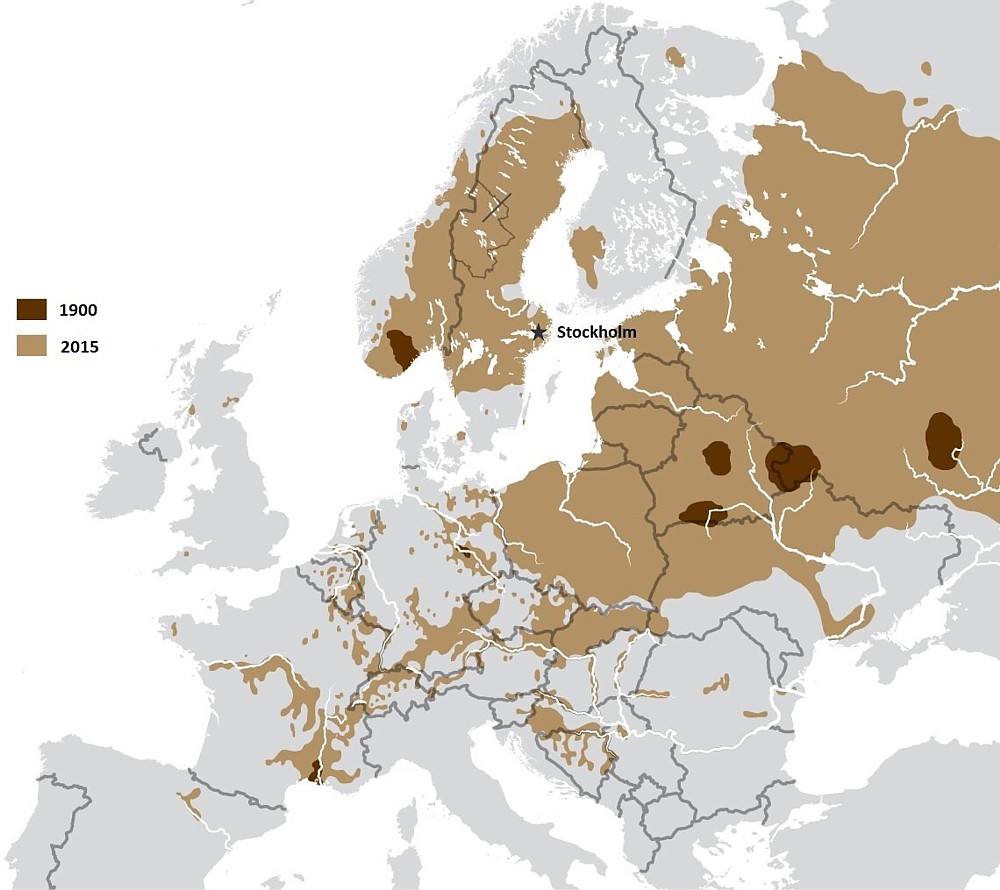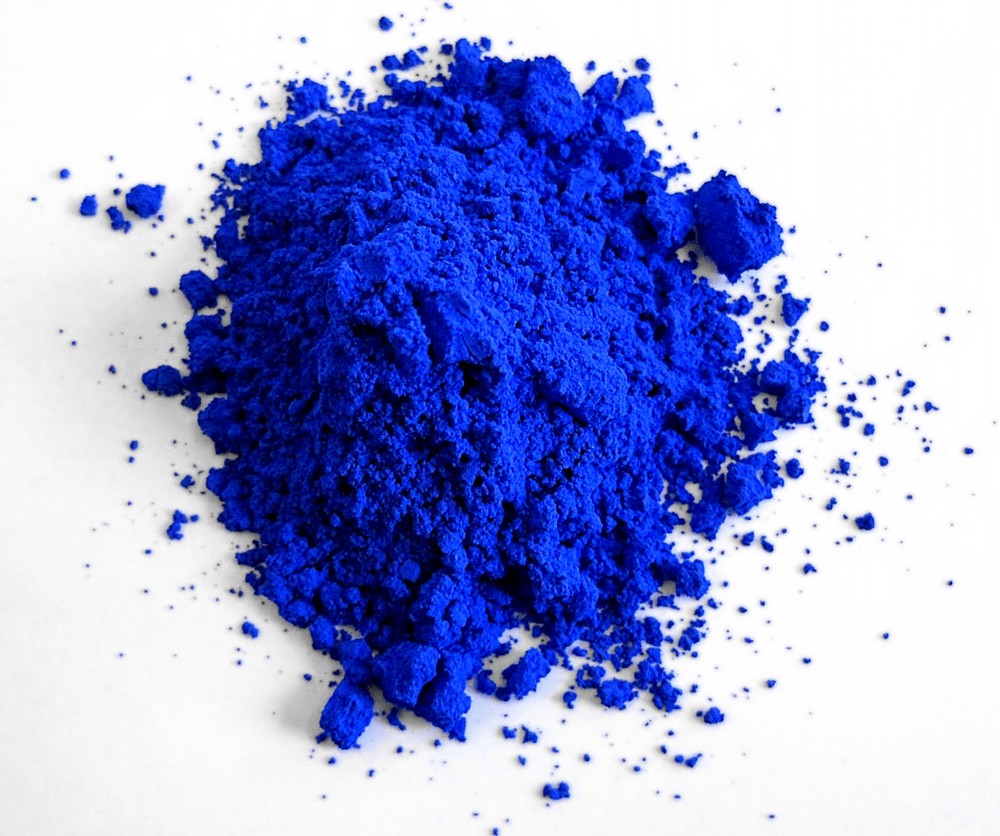I am now nearing the end of The Ape That Understood The Universe. Steve Stewart-Williams has said what he has to say about the survival of the fittest genes, and is now talking about the survival of the fittest memes. The evolution of culture, in other words.
Here (pp. 227-228) is what SS-W says about the evolution of one bit of our culture, the teddy bear:
Language evolution is at least as old as we are, but other arenas for cultural evolution have a much more recent pedigree. One of the most important is the capitalist marketplace. Just as species compete for limited space in the local environment, so too products – from books to fizzy drinks to exercise equipment – “compete” for limited space on supermarket shelves and bestseller lists. This competition may foster the evolution of products exquisitely designed to suck money out of people’s pockets and bank accounts – designed, in other words, to sell. Importantly, business people don’t necessarily need to know why some products sell better than others. They only need to copy the ones that do. To the extent that that’s what happens, the design we find in our products comes from blind selection rather than intelligent design.
An example concerns the cultural evolution of the teddy bear. The first teddy bears went on sale in the early twentieth century. In those days, they had long snouts and long, thin limbs. They were pretty ugly. As the century wore on, however, teddy bears became progressively cuter. Their snouts receded, leaving them with cute flat faces. Their foreheads grew larger. Their limbs grew shorter and chubbier. In a word, they became more neotenous or baby-like. More and more they came to resemble the innate Kindchenschema we discussed in Chapter 4. Today’s teddy bears are, in effect, the answer to the question: What do you get when you cross a human baby with a bear? And they raise a new question of their own: How do we explain the evolutionary trajectory of this enduringly popular children’s toy?
Here’s one possibility. Successful teddy bear makers were sensitive to market trends, and generally copied the designs that sold best last season. But they didn’t copy them exactly. Some happened to push their designs a little further toward our evolved standards of cuteness; some happened to push them a little further away. The former sold better, and the better-selling bears became the baseline for the next season. Little by little, teddy bears drifted toward neoteny. Did successful bear makers know that increasing neoteny was the secret of their success? I doubt it. After all, if they did know, they could have just jumped straight to the most neotenous models. The trend toward neoteny is something that people only noticed after the fact. While it was happening, bear makers simply made more of whatever sold. In a sense, consumers redesigned the teddy bear with their aggregate preferences and purchasing decisions. If your parents bought you a teddy bear, they were contributing to the evolution of this beloved children’s toy. Generalizing the point, any time you or anyone else buys anything, you’re helping to guide the evolution of culture.
For me, the killer line here – the killer meme, you might say – is the bit about how all that is necessary is to copy. You don’t have to know why your product does the job and will consequently be popular, you merely have to know that it does the job and will be popular.
“Mindless” copying is a much under-rated design method.
I was ruminating upon ideas of this sort back in 1988.


